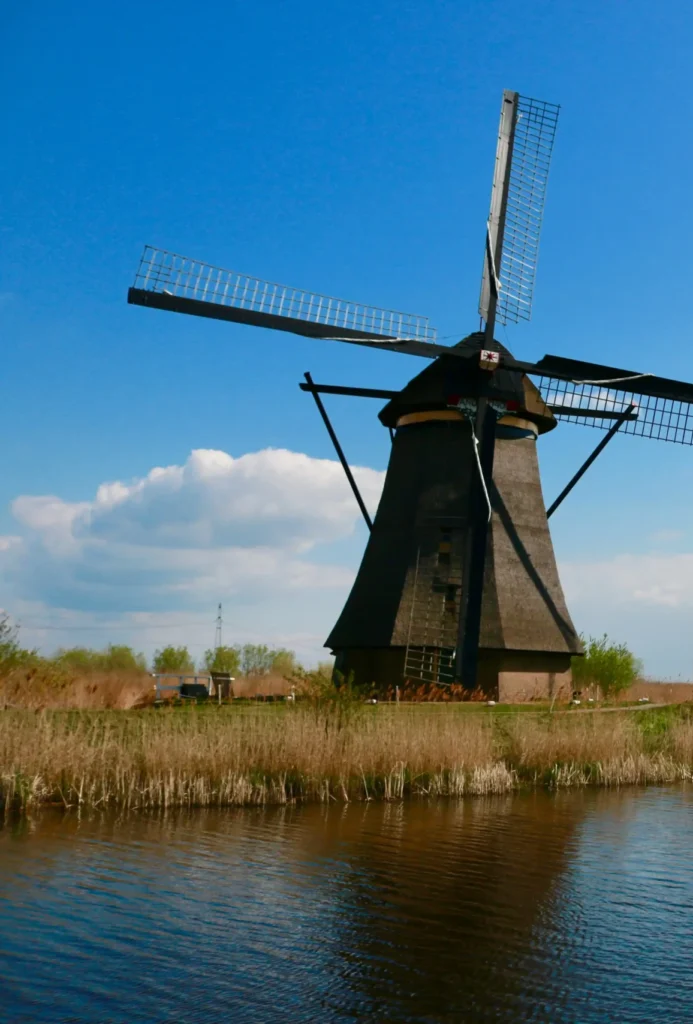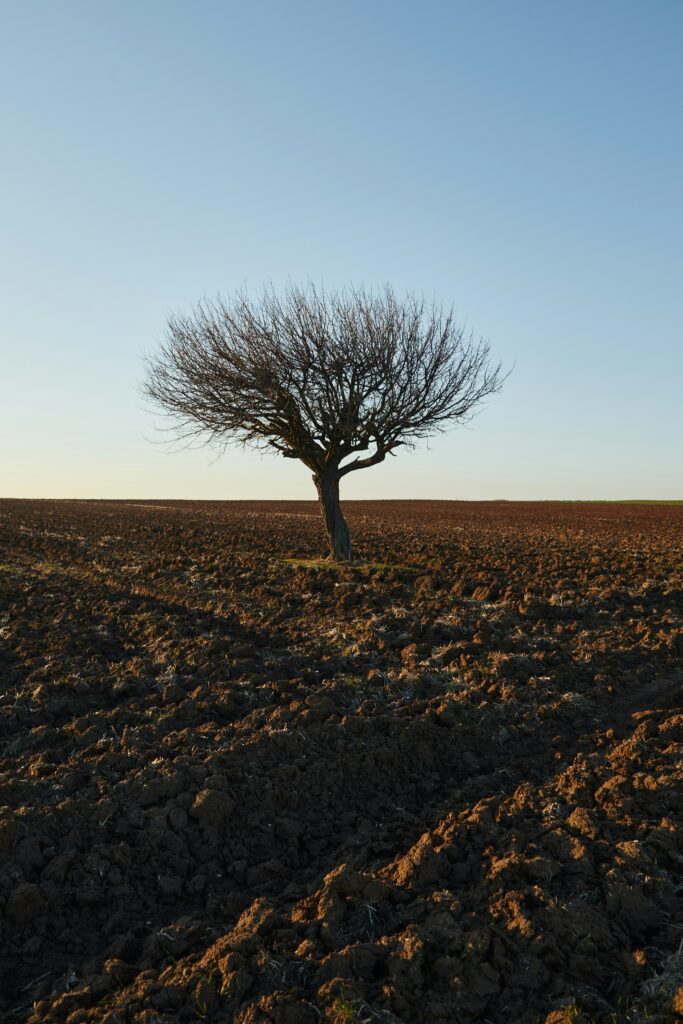Continuing her investigation into the EEA’s State of Water report, journalist Zoë Casey questions whether green promises amount to real progress, and asks: Is Europe ready for the big dry?
In the water-rich, low-lying Netherlands, it seems paradoxical to talk about a drought crisis. Yet, according to the European Environment Agency (EEA), the Netherlands is one of the most water stressed countries in Europe during summer, along with typically warmer regions like southern Spain and parts of Greece.
“The first half of this year was catastrophically dry for us, and much of north-western Europe. Even after a winter of above average rainfall, we were already in a drought situation in February,” said Inge de Graaf, Professor of Hydrology, at Wageninen University in the Netherlands. Clear skies combined with brisk winds and high temperatures meant evaporation rates were high, and the early summer rains were far from enough to replenish rivers, lakes and groundwater across the region.
Continental dry up
By late June, drought was affecting much of Europe. According to the EU’s Joint Research Centre’s (JRC) Combined Drought Indicator, alert conditions were intensifying in large parts of Ukraine, southern United Kingdom, central and northern France, the Balkans, Hungary and Türkiye. Soil moisture deficits were hampering crop growth and river transport was under strain, the JRC said. This year’s figures chime with the EEA’s ‘Europe’s State of Water’ report which found that water stress currently affects 20% of Europe’s territory and 30% of its population.
“We need to be prepared – water scarcity will become an increasingly normal problem in the future,” says Inge de Graaf.
While climate change – and the long, hot, dry spells it heralds – contribute to drought, environmental organisation WWF points to decades of water mismanagement in Europe. “The primary responsibility lies with the way we consume, regulate, and use water. We dam and channel our rivers, destroy watersheds, drain our wetlands and fail our land use planning,” a 2023 report said. For example, in Holtingerveld, northern Netherlands, the report found that intensive groundwater abstraction for commercial lily and peony crops, combined with land drainage and pesticide use, threaten nature and, consequently, the services nature provides including drought protection and water filtration.
Patching the leaks
In 2000, the European Commission published its first in-depth attempt at improving the quality of the water in Europe’s rivers, lakes and groundwater. The EU law, called the Water Framework Directive (WFD), outlined measures to achieve good ecological and chemical water status in all waterbodies by 2027. While not focussing on drought, the WFD also urged European countries to tackle over-abstraction of water.
Simultaneously, the EU began increasing its monitoring and reporting on the water situation by publishing the Water Exploitation Index and the EEA’s annual State of Water reports.
Despite the legal push to improve water quality and availability, it was only following the 2018 large-scale European drought that water scarcity seeped deeply into Europe’s consciousness. “With widespread media coverage of the drought, people and policy makers finally began to realise the risks and started talking seriously about the problem,” Inge de Graaf said.
Since then, the EU’s climate policies – the European Green Deal and EU Strategy on Climate Adaptation – have included water stress as a major climate risk. Moreover, this June, the European Commission launched a new Water Resilience Strategy in a bid to improve Europe’s water security.
Europe’s green words sound reassuring, but what has the legal progress achieved so far?
“We dam and channel our rivers, destroy watersheds, drain our wetlands and fail our land use planning”


“With widespread media coverage of [Europe’s] drought, people and policy makers finally began to realise the risks, and started talking seriously about the problem”

Glass half-full
The EU Water Framework Directive now has less than two years to achieve its own deadline of ‘good’ water status across Europe by 2027. So, it is alarming to note that the EEA’s State of Water report finds that just 37% of European waters are in good ecological health today. The report states, “there has been little improvement since 2010.”
Under pressure since the right-wing surge during the 2024 European Parliamentary elections, the EU is also simultaneously unravelling much of its green regulation. This includes watering down or scrapping elements of the European Green Deal and withdrawing funds from its flagship environmental programme, called LIFE, under which projects improving water quality have received funding.
Meanwhile, a coalition of six European environmental organisations – has criticised the EU’s Water Resilience Strategy for failing to include legally-binding targets to improve water management, as well as funding and governance measures that could track progress towards targets.
“In the coming months, eyes will be on whether the Commission’s Water Resilience Strategy materialises across the EU and on how its positive elements are put into action, from funding decisions and national planning, to follow-up measures by the European Commission to enforce our flagship water law, the Water Framework Directive,” the Living Rivers Europe coalition said in a statement.
Europe’s words are increasingly looking like empty promises, but what should the EU be prioritising to reduce the drought risk?
How to solve the water crisis
“There are so many demands on Europe’s water supplies, from the major users like agriculture, the energy industry and drinking water, to lower down the chain like the water needs of our trees, birds and insects – we need to change how we manage water to better allocate our water resource and reduce water stress,” Inge de Graaf said, adding that she sees solutions in both pricing and nature.
Cost it
“We’ve been used to turning on a tap and getting fresh water in an instant for decades and water is still cheap. If it was more expensive, people may think more before watering their garden lawns or washing their car. Water pricing can lead to more careful use,” said de Graaf.
The WWF water stress report also noted that water pricing is already included in the Water Framework Directive. The law requires EU countries to implement water pricing policies that encourage efficient water use and to ensure that water users – including major users like farmers – pay the full costs of the water they use. However, in 2021, the European Court of Auditors found that most national authorities are not charging full water costs to farmers.
Dam it
For some, more concrete infrastructure like reservoirs and dams that store water are a solution, but they are not without significant problems. In western France, for example, mega reservoir projects along the Mignon River have come under fire for their negative environmental impacts and the fact that they tend to serve only the large-scale farms in the area, to the detriment of smaller farms.
Dams, meanwhile, come with a whole range of problems from stagnating unhealthy waters behind the wall, to water deprivation and lack of the river sediment that builds deltas and beaches downstream. They come with high maintenance costs, risks of failure and they block vital fish breeding migration routes for species including trout and sturgeon.
A natural fix
Nature holds some of the most promising solutions to avoiding drought. “Healthy natural ecosystems like wetlands store excess rain water in times of high rainfall, while naturally curvy rivers also help keep water in the landscape for longer – this is exactly what we need,” said de Graaf.
Both the Water Framework Directive, and the new EU Water Resilience Strategy reference the role of protecting and restoring nature in improving Europe’s waters and preventing water stress.
Yet, as the early 2025 drought in a country that has historically battled to keep water out like the Netherlands shows, Europe is heading for a thirsty future. There is no shortage of drought monitoring, reports highlighting the water stress problem, existing legal tools, policy ideas, and green words to tackle the continent’s burgeoning water stress problem, but it is increasingly lacking the political teeth to enforce water protection rules, almost inevitably exacerbating Europe’s water crisis in the future.
